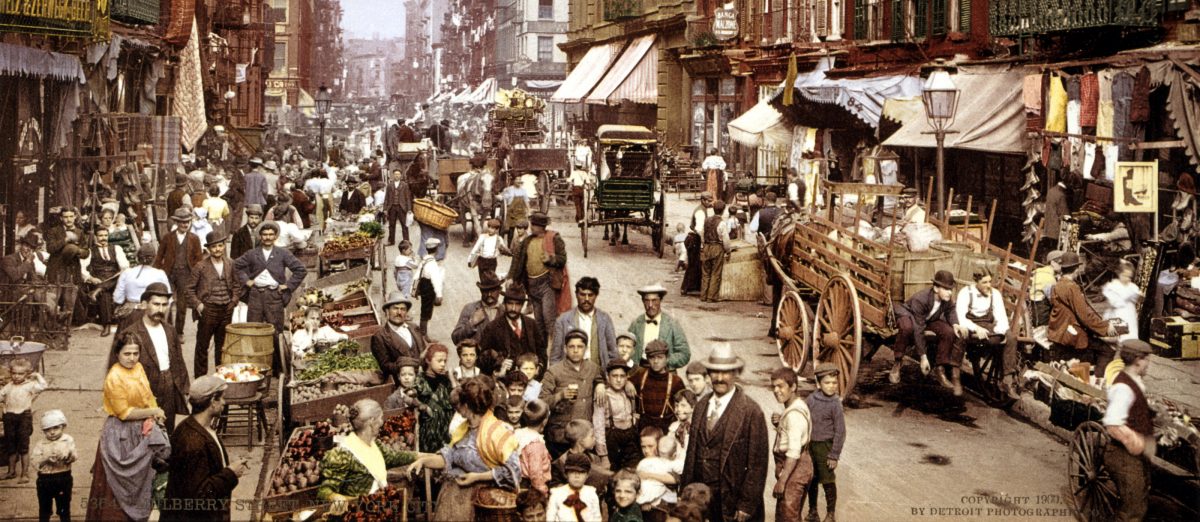Intensification of the Covid-19 pandemic prompted politicians from all over the country to proclaim the obvious– the districts they represent are not New York. Usually, the denial was issued to justify weak social-distancing policies or moves to “reopen” their economies.
Kay Ivey, Governor of Alabama, defending her resistance to a statewide stay-at-home order, said “We’re not New York. We’re not even Louisiana.” South Dakota Governor Kristi Noem defended her policies with “South Dakota is not New York City.” California’s Gavin Newsome observed, “We’re not New York…there are very different conditions in the state of California.”
Even New Jersey Governor Phil Murphy felt compelled to note that his state is not New York–it’s worse! Murphy: “You know, we’re not New York. Somebody reminded me yesterday that if you drove from New York City to the Canadian border, it’s a 10-hour drive. It’s hard to get more than a three-hour drive in New Jersey.”
Sometimes the not-New-York disclaimer has a moralistic tinge or political edge, but more often it seems to be an allusion to New York’s assumed higher risk profile, and more specifically, to its greater population density. Vita G., a beachgoer in Florida, observed “I think we’re doing the right thing and we’re not high risk. We’re not New York.” Matt Tompter, a brewer and restauranteur in Anchorage, offered “We’re not New York City….the reason Alaska is able to open right now is we are naturally socially distanced.” David Morgan, Sheriff of Escambia County, Florida, was even more explicit. “We’re not New York City. We don’t have the density of population they have there.” Even New York’s Governor Cuomo bought into the density argument: “Why New York? Why are we seeing this level of infection? It’s very simple: It’s about density.”
From Governors on down, people in other parts of the country seem to think that because their home states or towns have a lower population density than New York City, their risk of a coronavirus outbreak is lower. Is that so? And does the new age of pandemic abruptly end the era of Superstar Cities?
The initial outbreak of the pandemic, with its epicenter in New York City, certainly triggered an early rush to blame density as a principal risk factor. In March, The New York Times ran an article entitled “Density is New York City’s Big ‘Enemy’ in the Coronavirus Fight.” Joel Kotkin, in the Los Angeles Times, wrote “…employment and housing patterns and transit modes appear to be very significant, if not decisive, factors” behind the differing coronavirus death rates in LA and NYC, contending that the pandemic vindicates LA’s sprawl. In USA Today, Glenn Harlan Reynolds simply concluded that “density kills.”
Continue reading “Is the Devil in the Density?”